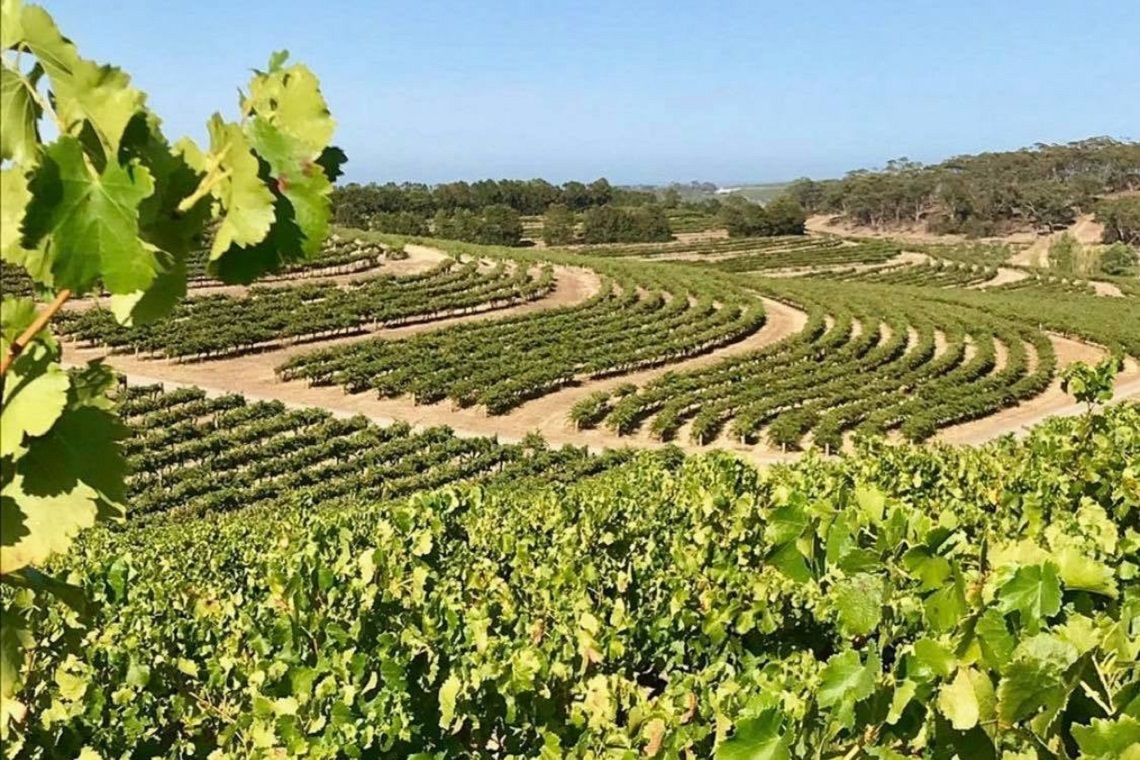Rabobank’s analysis of alcohol e-commerce suggests that wineries have been slow to pivot online, with potentially important learnings for Australian wine.
According to the 2022 Alcohol E-commerce Playbook, a large-scale study of the American online alcohol market, traditional wineries recorded USD 791m of sales in 2021. Meanwhile, online wine clubs recorded US$846m in sales, with the total figure of direct-to-consumer (DTC) wine e-commerce sales reaching US$1.6bn in 2021.
Rabobank shows that online DTC wine sales are 72 per cent higher than their pre-pandemic level, with traditional wineries responsible for 53 per cent of those sales. Wineries also grew faster than online wine clubs in 2020, recording 91 per cent growth against online wine clubs’ 57 per cent.
The analysis suggests that traditional wineries were slow to invest in their online business prior to the pandemic, when e-commerce swiftly became a crucial lifeline for producers as tasting rooms and hospitality closed.
For the most part, Rabobank outlines that American wineries were often using fairly rudimentary e-commerce tactics, such as gathering email addresses from visitors to their tasting rooms.
Whilst not the most technically advanced re-marketing device, this tactic meant wineries did have an advantage over online wine clubs, in that they were able to draw up on highly engaged audiences – those who had already visited their tasting rooms.
As the report says: “The stronger growth for traditional wineries was not so much a testament to their superior [marketing] capabilities, but a result of past inaction and oodles of unharvest, low-hanging fruit.”
Rabobank also illustrate that while digital wine clubs have just experienced the best possible conditions for the acquisition of new customers, they largely remain unprofitable businesses. Wine clubs often depend on deep discounts to retain customers, and costly social media advertising to acquire new customers.
With the large-scale reopening of the American economy in 2021, the e-commerce channel actually contracted for US wineries, as tasting rooms reopened, with a similar decline expected in 2022.
As Rabobank’s report reads: “With sales declining in 2021 and 2022, some wine industry CEOs will be tempted to pull attention and resources from their online business. That would be a mistake.”
“The fact that online sales remain elevated, even as tasting room sales set records, is a clear indicator that they are incremental.”
“Just as online sales couldn’t replace the tasting room experience, these incremental online sales won’t be replaced by tasting room visits.”
With the American market so often the harbinger of changes to come in Australia, this report could contain crucial information for Australian wineries.
As Rabobank point out in the Playbook, the overall DTC sales channel of wineries was worth about USD 7.2bn in 2021, with year-on-year growth at 16 per cent. E-commerce represents about 11 per cent of DTC sales, meaning that there is considerable room for growth, and plentiful money being left on the table by those wineries who do not engage in e-commerce.
Indeed, the report’s conclusion that “many traditional wineries still have room to dramatically improve their e-commerce performance by continuing to adopt simple, low-cost best practices,” is likely to be true of the Australian traditional winery industry too.

